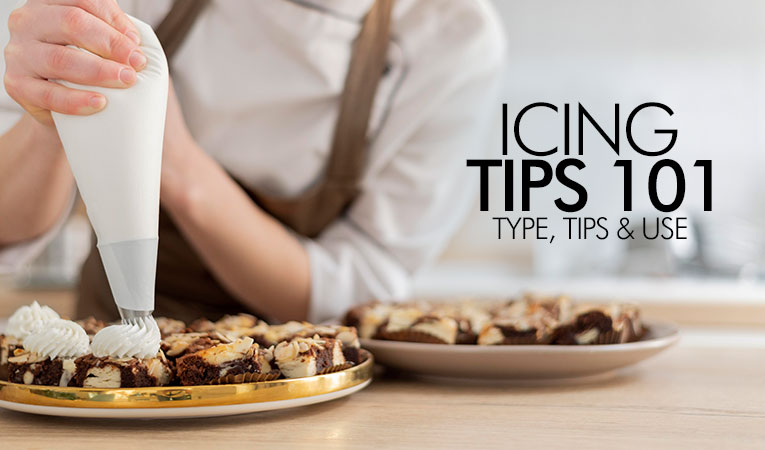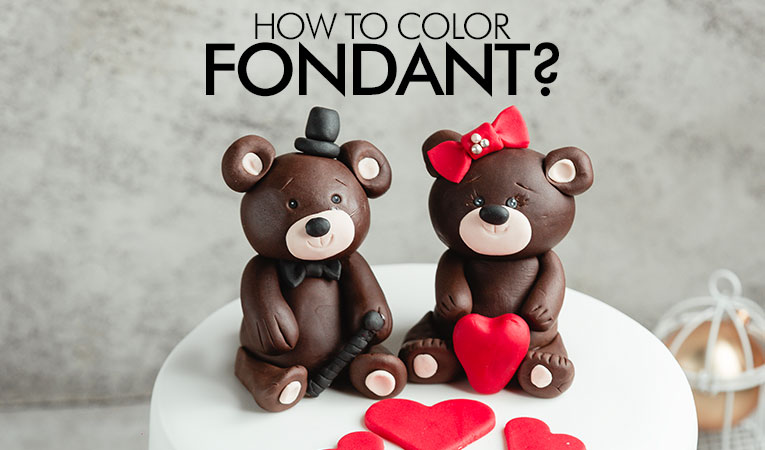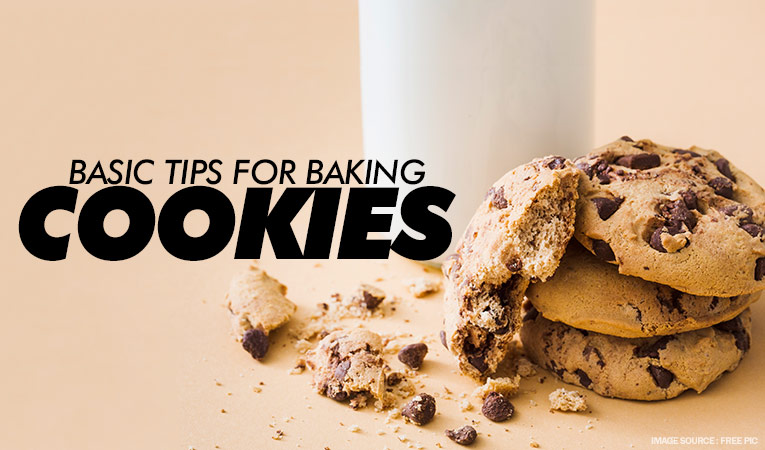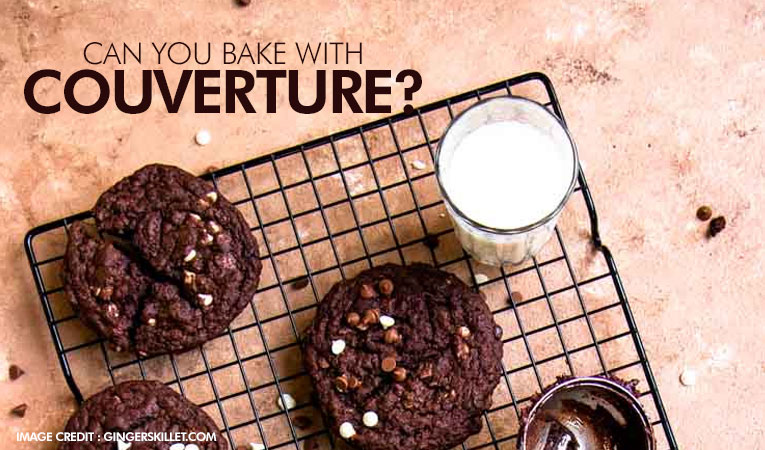Icing Tips 101: Types, Uses, and Tips for Bakers
01-11-2023

Baking is a delightful and artistic pursuit, and icing tips, or piping tips, are the paintbrushes of the cake decorator's palette. These small but mighty tools come in various shapes and sizes, each crafted for a specific purpose, from creating intricate floral designs to crafting delicate borders and more. In this comprehensive guide, we will explore the world of icing nozzles, delving into the various types, their diverse uses, and sharing expert tips to help you elevate your baking and cake decorating skills.
Types of Icing Tips
Understanding the different types of icing tips is the first step to mastering the art of cake decoration. Each nozzle type has a unique design and purpose. Let's explore some of the most common ones:
- Round Tips (Round Tips): Versatile and indispensable, round nozzles are perfect for outlining, writing, and crafting simple decorations such as dots, beads, or small rosettes.
- Star Tips (Star Tips): Star tips, with their serrated edges, create ridged or textured designs. They are the go-to choice for producing rosettes, shells, swirls, stars, and other textured decorations.
- Closed Star Tips: Closed star tips feature smaller and tightly packed ridges, making them ideal for creating intricate star-shaped designs and tiny flowers.
- French Tips (Basketweave Tips): French tips are designed for crafting intricate basketweave patterns and textured borders, giving cakes a rustic and textured appearance.
- Leaf Tips (Leaf Tips): As the name suggests, leaf tips are perfect for shaping lifelike leaves, vines, and floral arrangements, adding a touch of nature to your creations.
- Petal Tips (Petal Tips): Petal tips are your ticket to crafting delicate flower petals, ruffled edges, and other intricate floral elements that elevate the aesthetics of your cakes.
- Drop Flower Tips: These tips are an efficient way to create small, drop-like flowers that are perfect for embellishing cakes, cupcakes, and other desserts.
- Ruffle Tips: Ruffle tips are the key to adding elegant and charming ruffles and frills to your confections, transforming them into eye-catching masterpieces.
- Sultant Nozzle - A Sultan nozzle is a specialized cake decorating tool used to create intricate and elegant lace-like designs on cakes and confections. It adds a touch of regal sophistication to cake decorations.
- Russian Ball Tip Nozzle : The Russian ball tip nozzle is a cake decorating tool that simplifies the creation of 3D flower and ball-shaped designs, enhancing the visual appeal of confections. Ideal for effortless yet stunning floral decorations.
Uses of Icing Tips
Now that we've explored the various nozzle types, let's understand how to use them effectively to achieve different decorating techniques:
- Round Tips: Ideal for writing, outlining, and creating simple designs, round tips are versatile for adding text, borders, and basic decorations.
- Star Tips: These tips create textured designs, making them perfect for rosettes, borders, shells, stars, and textured swirls.
- Closed Star Tips: When you need more intricate star-shaped designs or tiny flower accents, closed star tips are your best choice.
- French Tips: For a rustic and textured look, use French tips to craft intricate basketweave patterns and textured borders that add depth to your creations.
- Leaf Tips: To introduce lifelike foliage, leaves, vines, and other plant-themed decorations, choose leaf tips to give your cakes a natural touch.
- Petal Tips: Craft realistic flower petals, ruffled edges, and intricate floral accents with petal tips for an elegant and captivating cake design.
- Drop Flower Tips: Quickly and easily create small, drop-like flowers to enhance the appeal of your cakes, cupcakes, and other desserts.
- Ruffle Tips: Add sophistication and charm with elegant ruffles and frills, elevating your confections into show-stopping works of art.
- Sultant Tips: Utilized for crafting edible designs and embellishments on cakes, cupcakes, and more.
- Russian Ball Tips: The Russian Ball Tip Nozzle is the ideal tool for effortlessly creating beautifully intricate ruffled and swirled designs on your baked creations.
Tips for Working with Icing Tips
Creating stunning designs with icing tips requires a combination of technique, practice, and creativity. Here are some expert tips to help you achieve the best results:
- Consistency is Key: The consistency of your icing or frosting is crucial. Thicker icing is suitable for detailed work and maintaining shape, while thinner icing works well for covering larger areas smoothly.
- Practice Makes Perfect: The more you practice, the better your piping skills will become. Experiment with different nozzles, techniques, and designs to build your expertise.
- Use a Coupler: Couplers make it easier to switch between tips without changing the piping bag, saving time and effort.
- Experiment with Colors: Don't be afraid to experiment with different icing colors. Bold and complementary color choices can take your designs to the next level.
- Keep it Cool: Working with cold hands helps prevent the icing from melting too quickly, especially when creating intricate designs. Use an icing nail for more complex designs, which can be refrigerated before transferring to your cake.
- Start with Basic Designs: If you're new to piping, begin with simple patterns and gradually progress to more complex decorations. Practice the basic techniques with round and star tips until you feel comfortable with more intricate designs.
Conclusion
Icing tips are the artist's tools of the baking world, enabling you to turn your cakes, cupcakes, and desserts into edible masterpieces. By understanding the different types of tips and their uses, along with practicing and implementing expert tips, you can take your baking and cake decorating skills to new heights. With these invaluable tools and techniques at your disposal, you have the creative freedom to bring your artistic visions to life, one piping design at a time. So, go ahead, explore, create, and let your cakes become the canvas for your culinary artistry.





